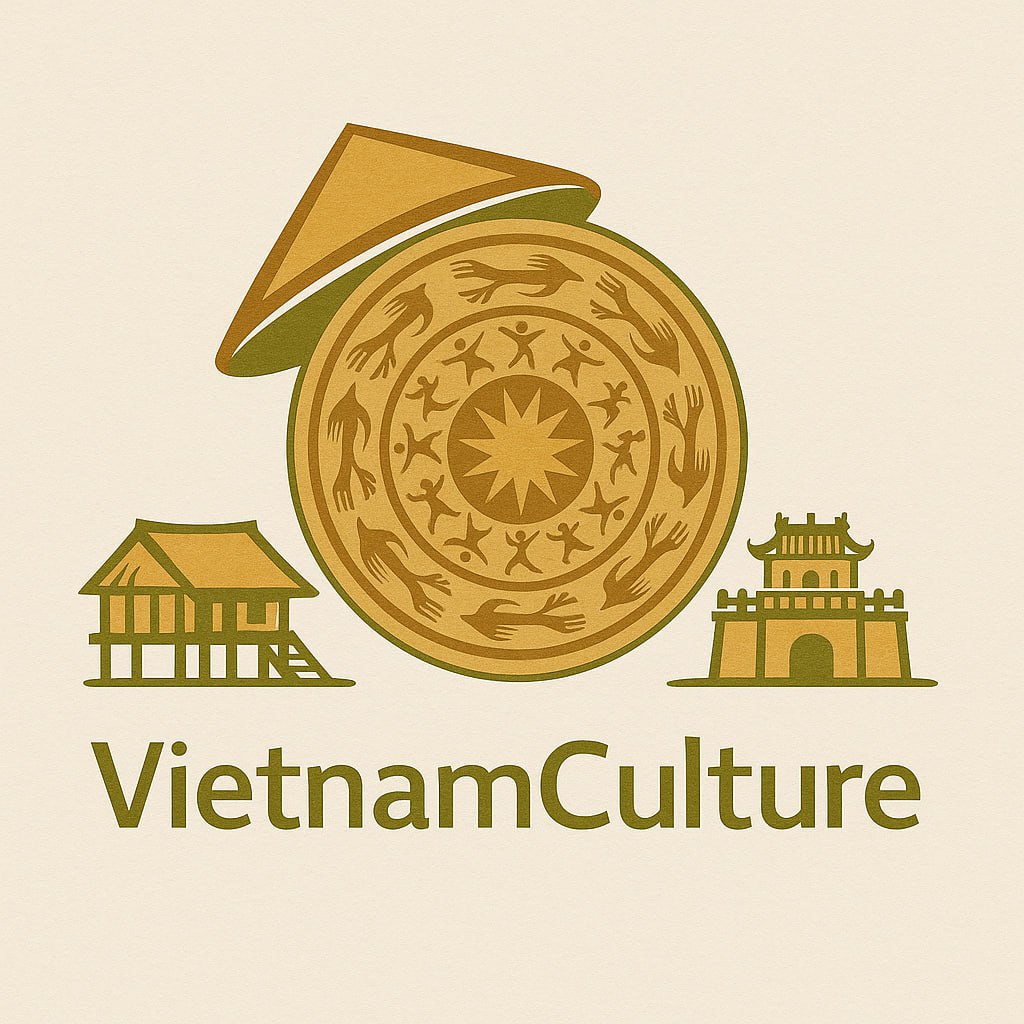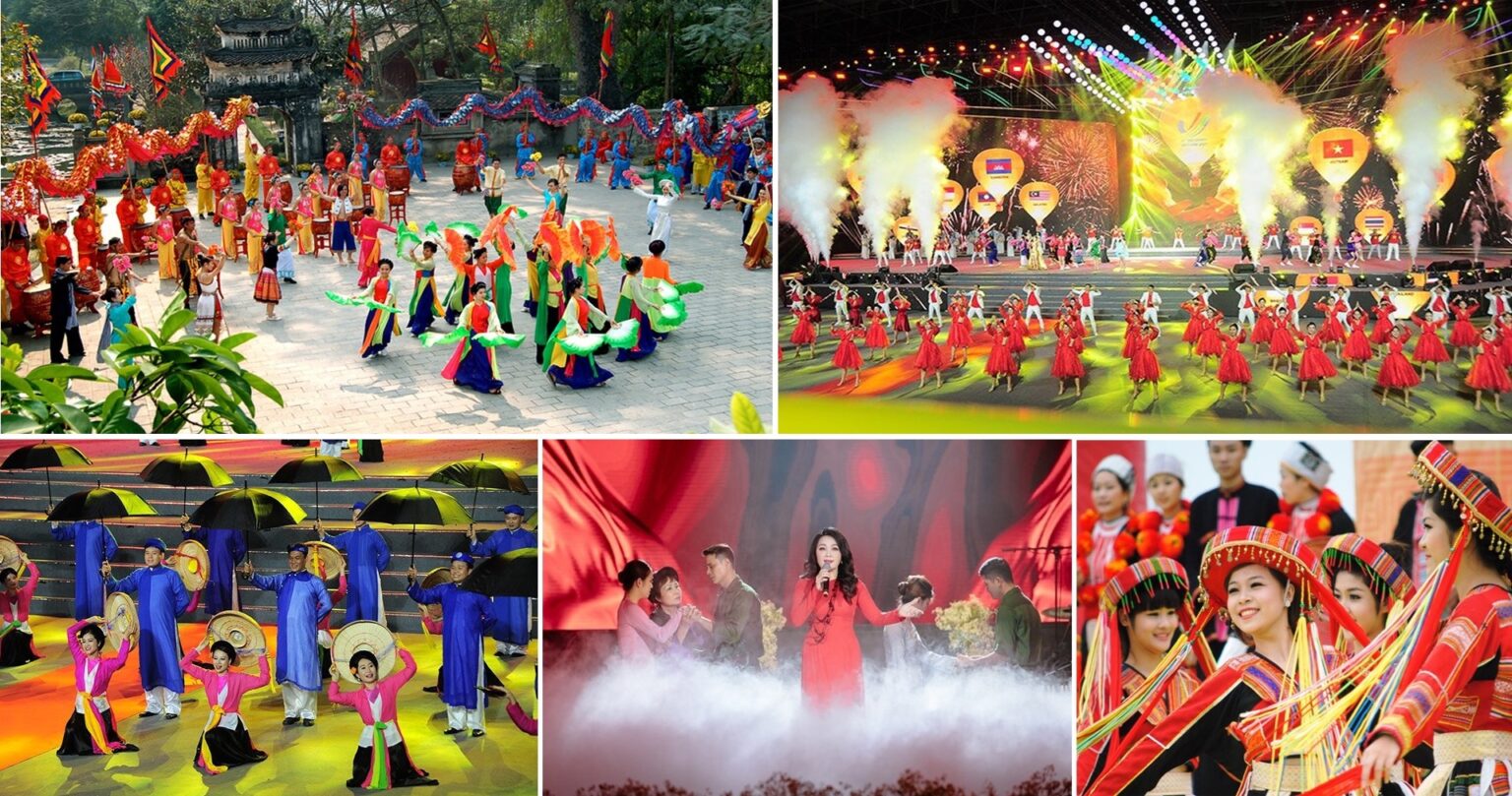Vietnam traditions are the lifeblood of a culture that has withstood centuries of change, foreign influence, war, and globalization. From the elegance of the áo dài to the soul-warming taste of phở, from ancestral worship to the vibrancy of national festivals, Vietnam’s traditions are a beautiful tapestry woven through thousands of years of history.
In this guide, we explore the most iconic traditions of Vietnam, shedding light on their origins, meanings, and enduring presence in modern Vietnamese life.
1. The Áo Dài – Vietnam’s Traditional Dress of Grace and Identity
The áo dài, Vietnam’s iconic national dress, is perhaps the most recognizable symbol of Vietnamese tradition. Worn mostly by women, the áo dài features a long, form-fitting tunic worn over trousers, combining modesty with elegance.
Why the Áo Dài is More Than Just a Dress:
- Originated from royal court attire during the Nguyễn Dynasty (18th century).
- Symbolizes femininity, cultural pride, and national unity.
- Worn during weddings, Lunar New Year (Tết), school ceremonies, and cultural festivals.
Despite modernization, the áo dài continues to evolve in style, yet remains rooted in tradition, making it a perfect representation of Vietnam traditions that blend the old with the new.
2. Phở – The Traditional Vietnamese Dish Loved Worldwide
Phở is not just food—it’s a cultural phenomenon. As Vietnam’s most globally recognized dish, phở represents the depth of Vietnamese culinary traditions and the warmth of communal living.
Key Elements of Traditional Phở:
- Made with rice noodles, clear beef or chicken broth, fresh herbs, and thinly sliced meat.
- Typically eaten for breakfast, but enjoyed any time of day.
- Originated in Northern Vietnam and spread across the country, each region adding its twist.
Phở is a cherished part of daily life in Vietnam, often enjoyed by families, served to guests, and lovingly passed down through generations.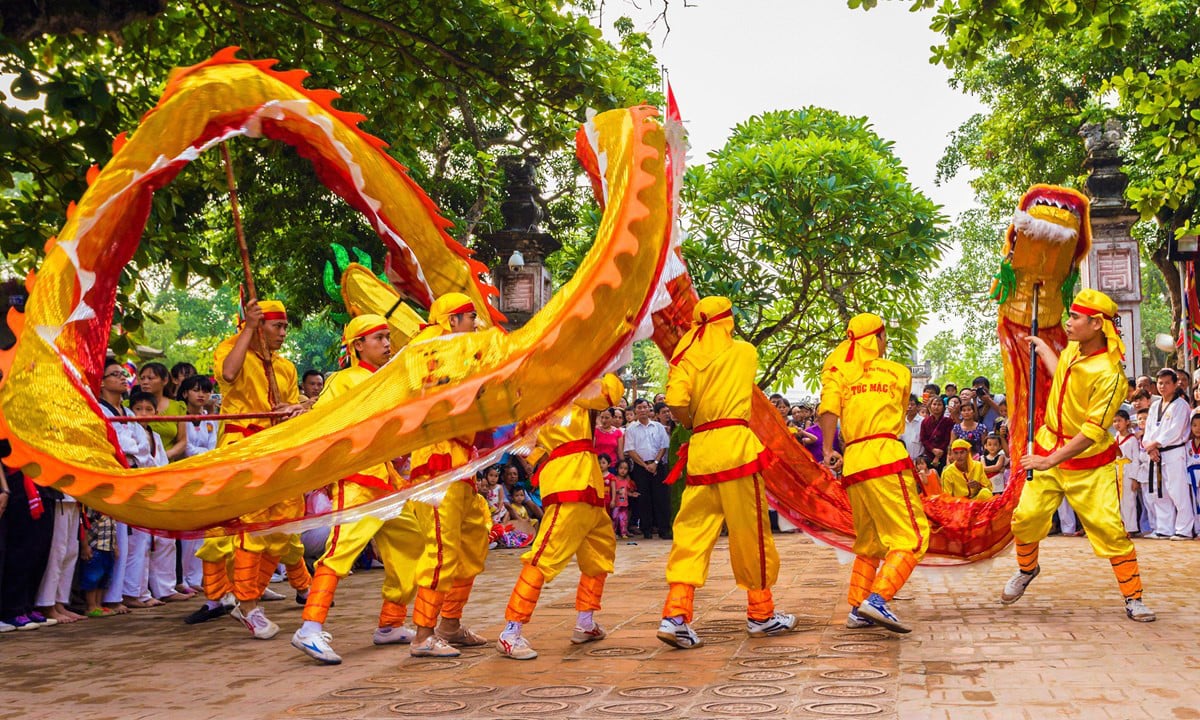
3. Bánh Mì – A Cultural Fusion That Became a Vietnamese Staple
Introduced by the French during colonial rule, bánh mì has become one of Vietnam’s most popular traditional street foods. It embodies how Vietnam traditions can absorb external influences and transform them into something uniquely Vietnamese.
What Makes Bánh Mì Traditional:
- Crispy French-style baguette filled with pâté, pickled vegetables, herbs, and meats like grilled pork or chicken.
- A staple breakfast or lunch item throughout Vietnam.
- Regional variations add unique flavors and ingredients.
This perfect blend of East and West is another delicious reflection of Vietnamese adaptability and creativity.
4. Bún Chả – Northern Vietnam’s Culinary Classic
Hailing from Hanoi, bún chả is a beloved traditional dish made of grilled pork served with vermicelli noodles, fresh herbs, and a tangy dipping sauce.
Its global moment came in 2016, when President Barack Obama famously dined on bún chả in Hanoi with Anthony Bourdain—cementing its place as a proud representative of Vietnam’s food traditions.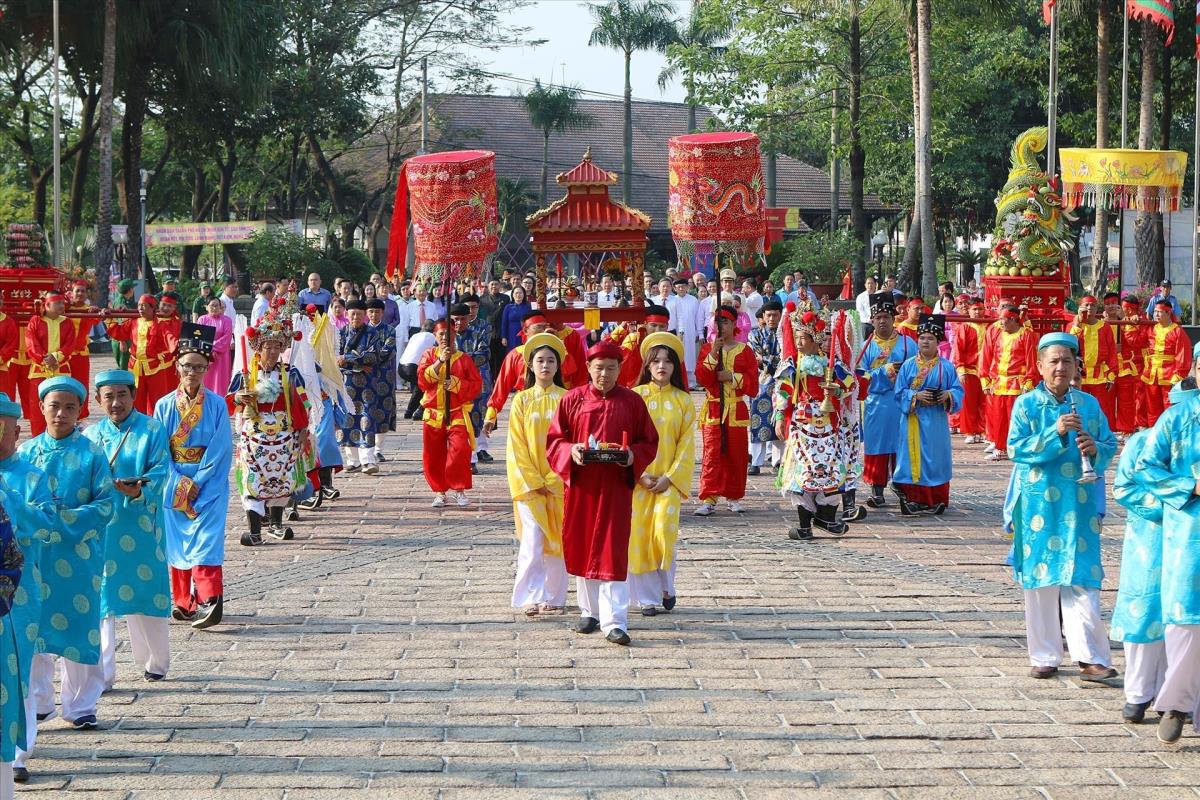
5. Vietnamese Coffee Culture – A Slow Sip of Tradition
Coffee in Vietnam is more than just a caffeine fix—it’s an experience deeply woven into the country’s social fabric. Vietnamese coffee is traditionally brewed in a slow-drip metal filter called a “phin,” then served hot or iced, often with sweetened condensed milk.
Traditions Around Coffee in Vietnam:
- “Cà phê sữa đá” (iced coffee with milk) is the national favorite.
- Coffee shops are gathering spaces for conversations, business, or people-watching.
- Regional specialties include egg coffee (Hanoi) and coconut coffee (Saigon).
This coffee ritual is a modern expression of Vietnam traditions centered on connection, relaxation, and community.
6. Rice Wine and Communal Drinking – Traditional Bonds of Brotherhood
Rượu gạo, or Vietnamese rice wine, plays a major role in festivals, weddings, and family gatherings. Often made at home or in villages, rice wine symbolizes hospitality and kinship, especially in rural and mountainous regions.
Traditional rice wine is served:
- In communal cups or through bamboo straws from earthen jars.
- During ceremonial toasts to elders, guests, or spiritual ancestors.
- With local snacks or grilled meats.
Sharing rice wine strengthens relationships and is deeply rooted in Vietnamese tribal and ethnic traditions.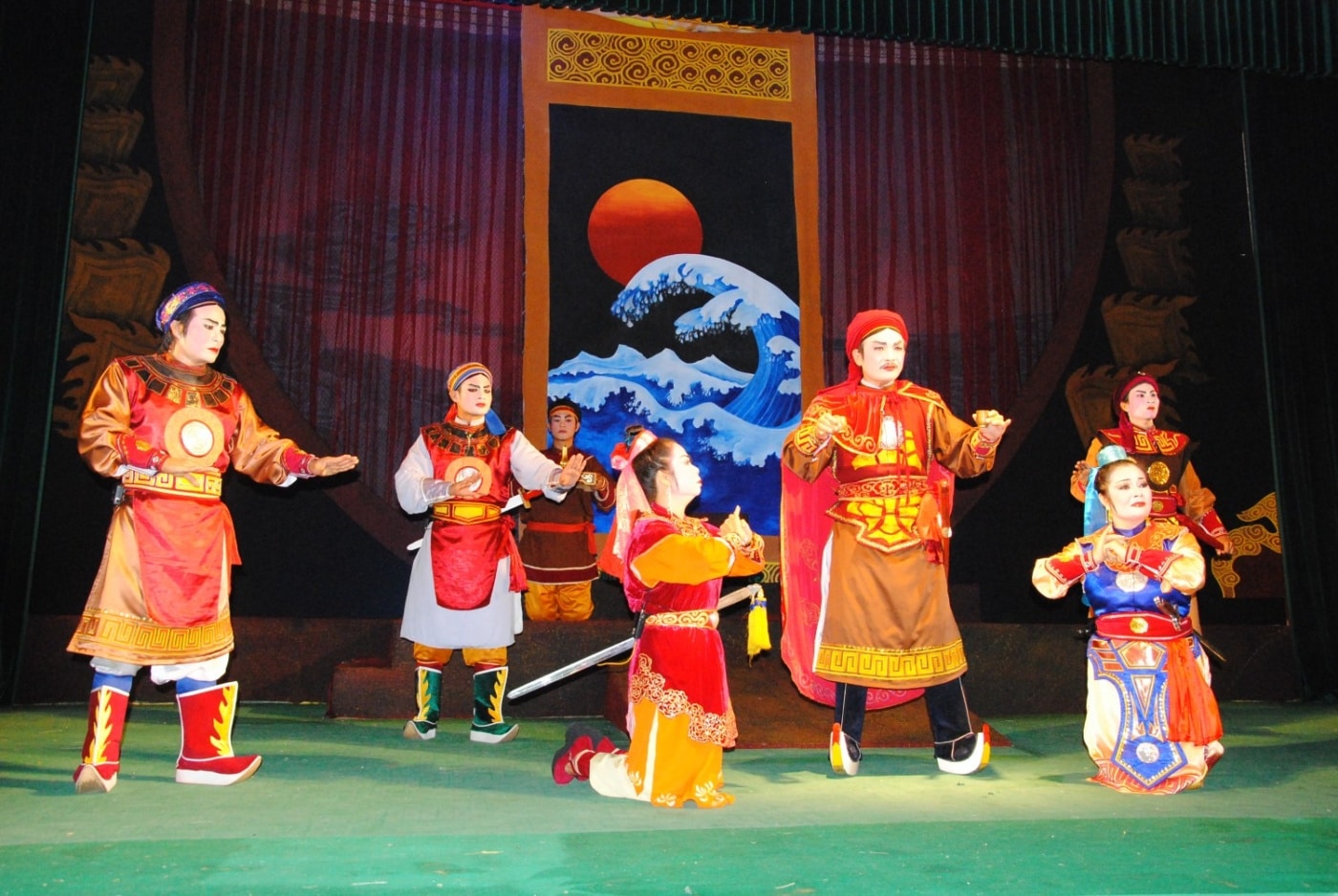
7. Nước Mắm (Fish Sauce) – The Soul of Vietnamese Cuisine
Nước mắm, or fish sauce, is more than just a condiment—it’s the heart of Vietnamese cooking and an essential piece of everyday life. Made from fermented anchovies and salt, traditional fish sauce has a rich, salty umami flavor that adds depth to countless dishes.
Why Fish Sauce Reflects Vietnam Traditions:
- Crafted in coastal villages using centuries-old methods.
- Integral to regional dishes like phở, bún thịt nướng, or bánh xèo.
- Symbolizes sustainability and culinary heritage.
Many international chefs now recognize high-quality Vietnamese fish sauce as a premium product, further spreading Vietnam’s culinary traditions globally.
8. Traditional Villages and Handicrafts – Guardians of Cultural Heritage
Across Vietnam, thousands of craft villages preserve time-honored techniques passed down through generations.
Notable Traditional Villages:
- Bát Tràng: famous for hand-painted ceramics.
- Vạn Phúc: known for exquisite silk weaving.
- Đông Hồ: celebrated for traditional woodblock printing.
These villages serve as living museums of Vietnam traditions, where artisans continue to use natural materials and manual techniques, maintaining the authenticity of their heritage.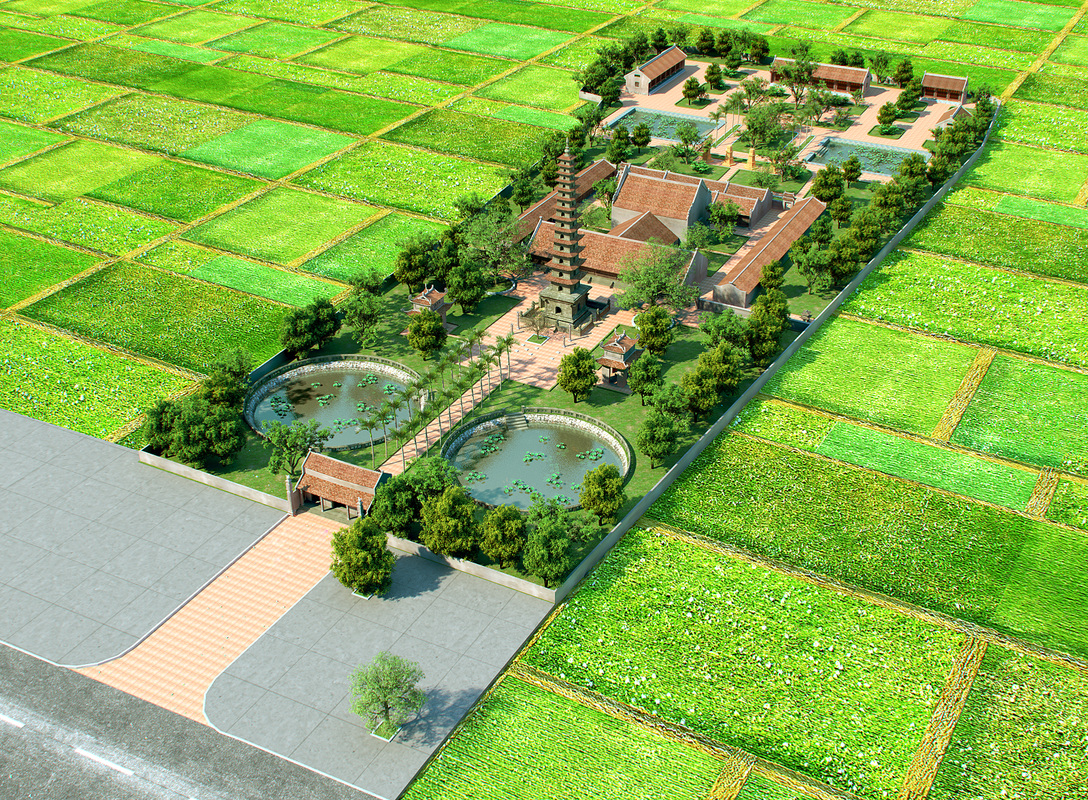
9. Ancestral Worship – The Foundation of Vietnamese Spiritual Life
Central to Vietnamese cultural traditions is the practice of ancestral worship. Nearly every Vietnamese home contains an altar where incense, offerings, and prayers are offered to deceased family members.
Key Beliefs:
- Ancestors remain spiritually connected to their descendants.
- Family rituals ensure prosperity, protection, and spiritual harmony.
- Observed during holidays like Tết Nguyên Đán (Lunar New Year) and Thanh Minh (Tomb Sweeping Day).
This tradition reflects the importance of family and respect for elders in Vietnamese culture.
10. Tết – The Vietnamese Lunar New Year
Tết Nguyên Đán, or simply Tết, is the most important and widely celebrated holiday in Vietnam. It marks the arrival of spring and the start of the lunar calendar.
Traditional Tết Practices:
- House cleaning and decorating with peach blossoms and kumquat trees.
- Preparing special dishes like bánh chưng and pickled vegetables.
- Giving “lì xì” (lucky money) to children and the elderly.
Tết embodies all aspects of Vietnam traditions: family, food, spirituality, and renewal.
11. Folk Music and Performing Arts – The Sound of Vietnam’s Soul
Vietnam boasts a rich tradition of folk music and performance arts that vary by region.
Traditional Art Forms:
- Ca trù: ceremonial music once performed in royal courts.
- Đờn ca tài tử: soulful music from Southern Vietnam recognized by UNESCO.
- Múa rối nước (water puppetry): an ancient Northern art form using puppets on water.
These performances preserve ancient stories, beliefs, and values that are central to Vietnamese heritage.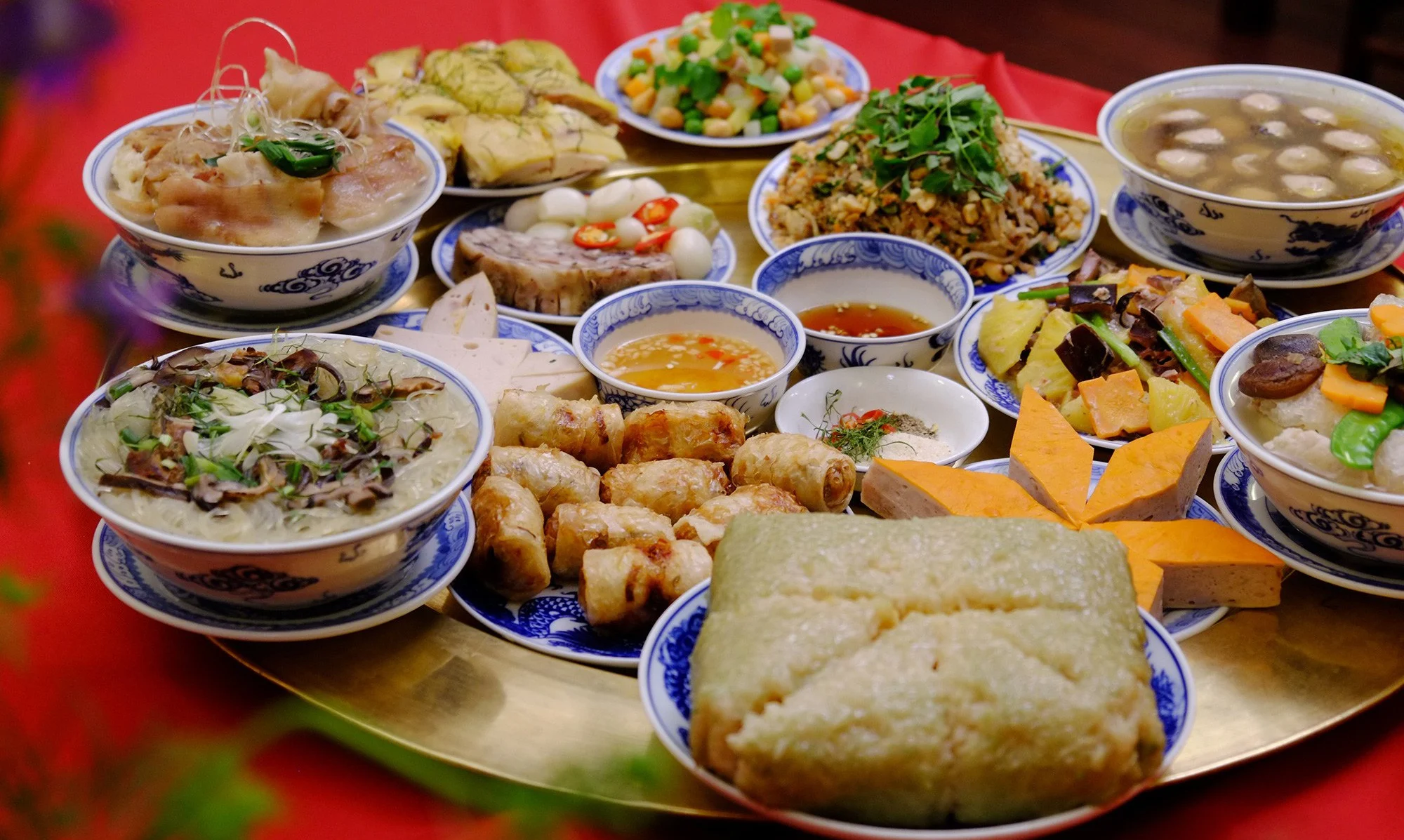
12. Traditional Festivals – A Calendar of Cultural Celebrations
Vietnam has a vibrant festival calendar, where locals celebrate spiritual beliefs, historical events, and agricultural cycles.
Notable Festivals:
- Hung Kings’ Temple Festival: honoring the mythical founders of the Vietnamese nation.
- Mid-Autumn Festival: lanterns, mooncakes, and celebration of children.
- Chùa Hương Festival: spiritual pilgrimage to a sacred Buddhist site.
These festivals reinforce communal bonds and showcase the enduring vitality of Vietnam traditions.
13. Family and Social Structures – The Core of Vietnamese Life
In Vietnam, the family unit is sacred. Respect for elders, filial piety, and family loyalty are instilled from an early age.
Traditional Social Values:
- Multigenerational households are common.
- Important decisions often involve extended family consensus.
- Children are taught to prioritize family honor and social harmony.
This emphasis on family reflects Confucian influence and remains a cornerstone of traditional Vietnamese society.
14. Traditional Vietnamese Architecture and Pagodas
Vietnamese traditional architecture reflects harmony with nature and spiritual balance.
- Pagodas and temples are often built in mountainous areas or near rivers.
- Wood, bamboo, and stone are commonly used materials.
- Roofs curve upwards to ward off evil spirits and invite good fortune.
Pagodas such as Thiên Mụ (Huế) and Trấn Quốc (Hanoi) remain revered spaces that blend spirituality and architectural artistry.
15. Vietnam Traditions in Modern Life
As Vietnam urbanizes and integrates globally, traditional values continue to thrive in daily life:
- Students still wear áo dài on special school occasions.
- Young people return home for Tết to honor ancestors.
- Handicrafts and traditional food thrive in both local markets and international exports.
Vietnam traditions have proven resilient, adaptable, and enduring—forming a strong cultural foundation in an ever-changing world.
From cuisine and clothing to music, family life, and spiritual rituals, Vietnam traditions represent a deep well of cultural wealth. They tell the story of a resilient people who have embraced change while holding fast to their heritage.
Whether you’re visiting Vietnam for the first time, studying its rich history, or exploring your own roots, understanding these traditions will enrich your experience and appreciation of one of Southeast Asia’s most captivating cultures. Contact with Vietnam Culture to have good trip!
See more post: Vietnamese culture: A living legacy of heritage and harmony
